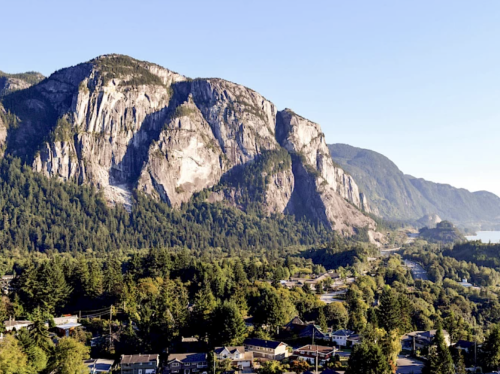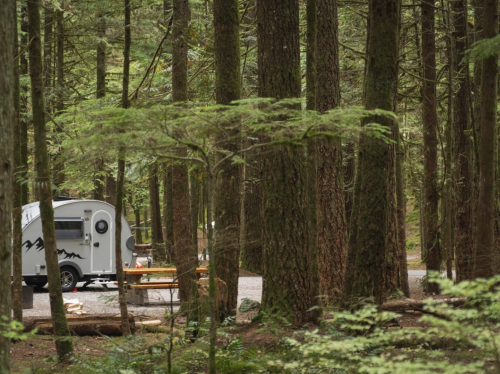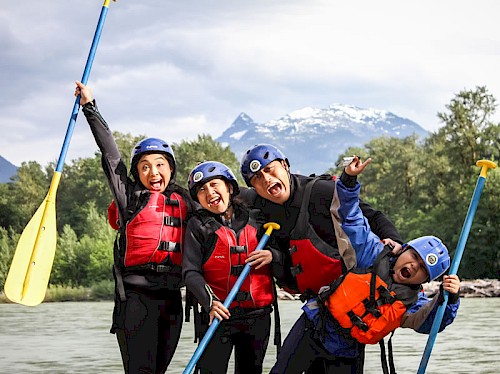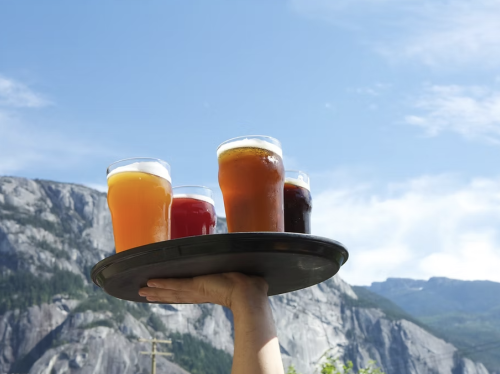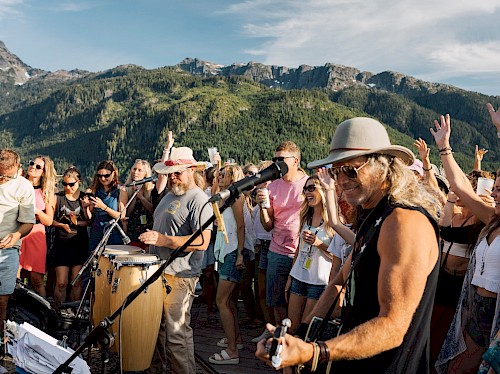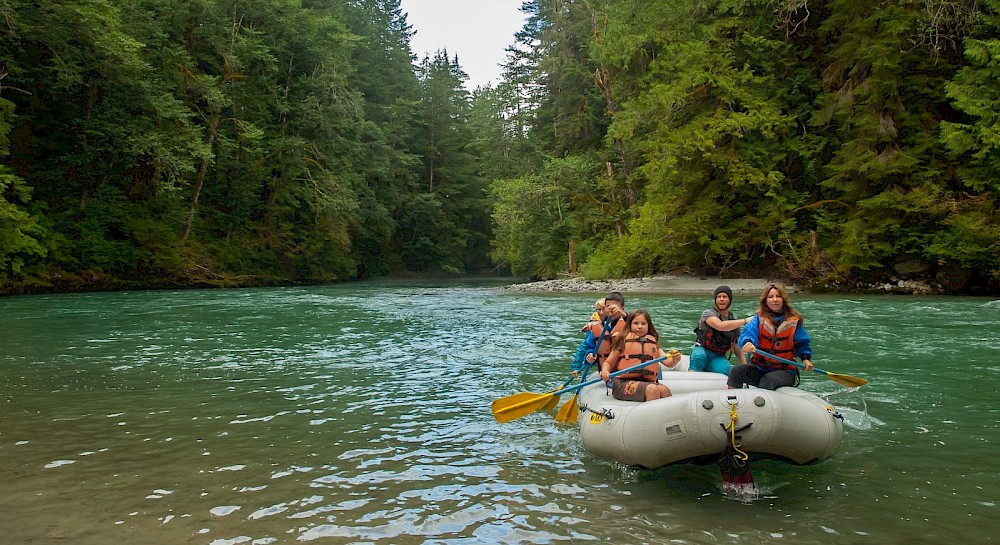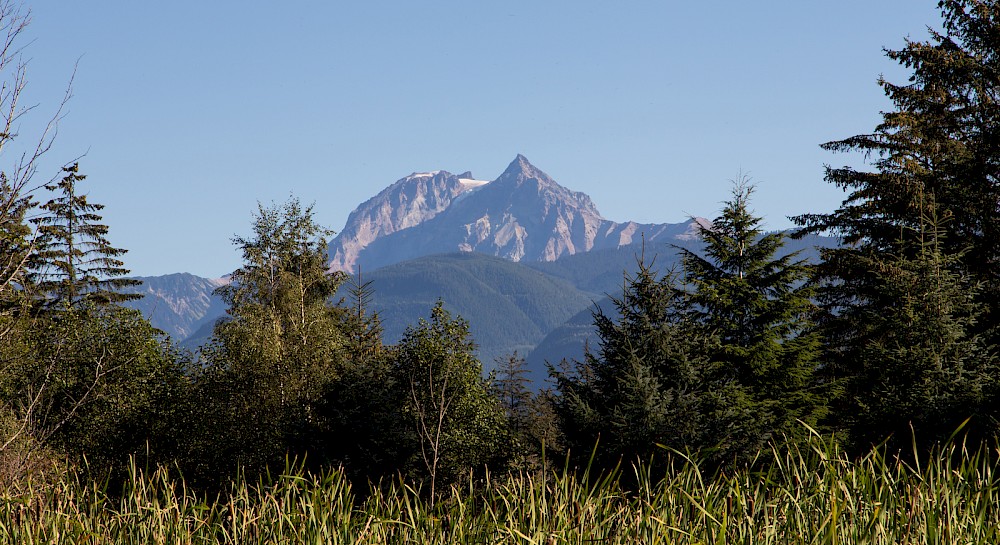Water Conservation
Posted on: January 15, 2024
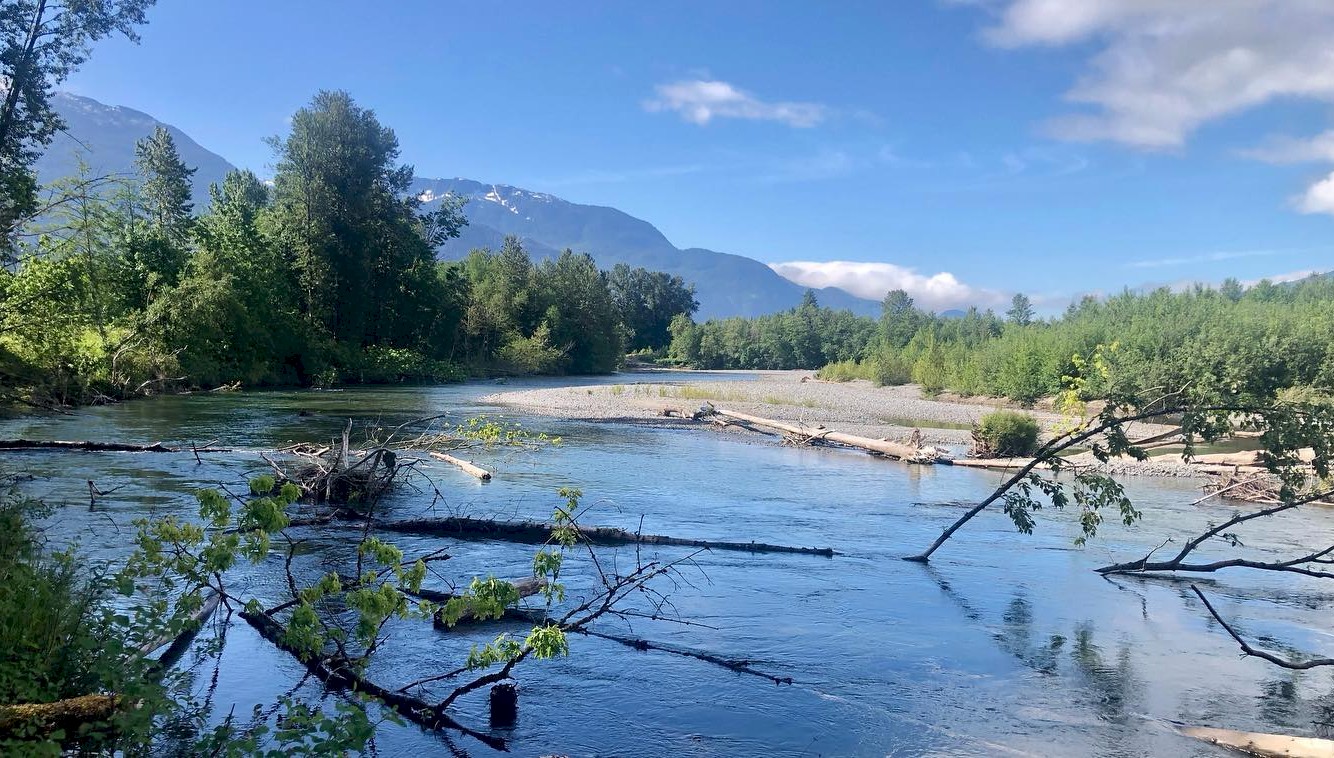
Why is Water Conservation Important?
Fresh water is finite. Squamish's drinking water is drawn from the Ring Creek Aquifer which is recharged by rainwater seepage through the lava flow, the Mamquam Glacier, Ring Creek and Mamquam River. While it may appear that fresh water in and around Squamish is abundant, our drinking water source, like all fresh water on earth, has a limited capacity.
Delay infrastructure upgrades. We face an increased likelihood that a complete upgrade of the system will be required sooner than planned. System upgrades are triggered by the community’s peak usage, which in summer is nearly double our winter consumption. With a growing population, infrastructure upgrades will be inevitable, but we can slow the demand for such upgrades to happen all at once if we collectively reduce our water consumption.
Reduce costly treatment and pumping. Pumping the water from the Powerhouse Springs well field and treating the water comes with a cost, not to mention the water that returns to the Waste Water Treatment Plant. Limiting our water use will help keep these cost to a minimum.
If Squamish's demand exceeds the capacity of the Powerhouse Springs wells, water is drawn from the emergency surface water sources of Mashiter Creek and the Stawamus River. Continued reliance on surface water sources would require costly water treatment upgrades. Prior to the Powerhouse Springs coming online close to 10 years ago, boil water advisories were common in Squamish.
Water Conservation Tips
There are many ways that we can reduce our water consumption. With every little individual effort, together we can make a big difference!
Indoors
General
- Some refrigerators, air conditioners and ice-makers are cooled with wasted flows of water. Consider upgrading to air-cooled appliances for significant water savings.
- Nearly 22% of indoor home water use comes from doing laundry. Save water by making sure to adjust the settings on your machine to the proper load size.
- Run your clothes washer and dishwasher only when they are full. You can save up to 4,000 litres per month.
- Report broken pipes, open hydrants and errant sprinklers to the property owner or the District of Squamish. Find out more about water service leaks here.
Bathroom
- Put food colouring in your toilet tank. If it seeps into the toilet bowl without flushing, you have a leak. Fixing it can save up to 4,000 litres per month.
- Replace your old toilet with a high efficiency model. Older models can use as much as 13 to 26 litres of water per flush. A family of four can save up to 30,000 litres of water a year with a high efficiency toilet. That's a 20% reduction in household consumption.
- Replace your shower head. Older models use 18 to 30 litres per minute (lpm) while water-efficient models use 9.5 lpm or less. Ultra-high efficiency shower heads use as low as 5.6 lpm. A family of four could save up to 160,000 litres of water in one year with a 9.5 lpm shower head, and even more with a 5.6 lpm shower head.
- Recycle unused water. While waiting for hot water to flow when preparing for a shower, catch the cool water in a bucket or water can. Later it could be used for your plants, pets or cleaning.
- Taking a quick shower instead of a full bath will significantly reduce your water consumption. Think of a full bath as a treat to enjoy from time to time instead of every day.
- Turn off the tap when brushing your teeth. Only turn the tap on when the water is needed to rinse.
Kitchen
- Keep a pitcher of water in the fridge. This way you don't need to let the tap run to get cold water to drink.
- When washing dishes, don't let the faucet run while scrubbing dishes. Only turn on the tap when you need to do a quick rinse.
- How much water does your food require to be grown? Everything from fruits and vegetables to meat have a required amount of water to be produced.
Outdoors
Lawn & Garden
- Dormant, not dead. Grass naturally goes dormant during dry weather. Don’t try to keep grass artificially green with tap water, instead, let nature take its course. Dormant grass only needs to be watered every three weeks or less if it rains.
- Set your mowing height to be 6-8 cm high. Taller grass develops a deeper root system and shades the soil, which helps retain moisture.
- Proper lawn care in the spring and fall, including aerating and fertilizing, will help grass become more resilient through the dry summer. If you plan to reseed your lawn or install new sod, avoid doing so during the hot summer months.
- Place an upside down frisbee on your lawn while using the sprinkler. Once it’s full, turn the water off. Your lawn only needs one inch or 2.5 cm of water per week.
- Invest in a reasonably priced water timer ($15 to $40 at local hardware stores) to pre-set your sprinkler the night before.
- Set sprinklers so that only the grass or garden is watered, not the sidewalk.
- Invest in a rain sensor for your in-ground irrigation system. If it rains, the irrigation will automatically turn off, saving water.
- Add a layer of mulch to your garden to help retain moisture.
- Landscape using native or drought-resistant plants and garden designs that minimize water use.
- Water the roots of your plants, instead of the leaves, with an efficient method like drip irrigation.
- Watch the weather before watering the garden. If rain is predicted, let Mother Nature take care of the job for you. Avoid watering in windy or hot conditions, when the vast majority of water will be lost to evaporation.
- Collect water from your roof in a rain barrel to water your garden. Plants love the untreated rain water with the natural pH. Be sure your rain barrel is safely secured so it can't tip over and fitted with mosquito mesh over all openings.
Outdoor Washing
- If you need to wash your vehicle, using a bucket, sponge and hose with a self-closing nozzle can save as much as 300 litres of water per wash. That's the equivalent of 33 buckets of water!
- When using your hose for washing, use an automatic shut off nozzle. Running your hose without a shut off-nozzle loses 20 litres/minute: that’s about 80 cups of drinking water wasted every minute.
- Consider efficient cleaning for your outdoor surfaces by using a pressure washer. These machines use significantly less water than an average garden hose and usually require less harsh chemicals for cleaning.
- Use a broom to clean driveways and sidewalks instead of the hose.
Pools and Keeping Cool
- Be sure to keep pools covered to reduce water lost to evaporation
- Try to keep the water in wading pools clean so it does not need to be changed as often.
- Consider going for a swim in one of the local lakes to cool off instead of running through the sprinkler.
Please do your part! Every effort makes a difference - tips courtesy of the District of Squamish.
